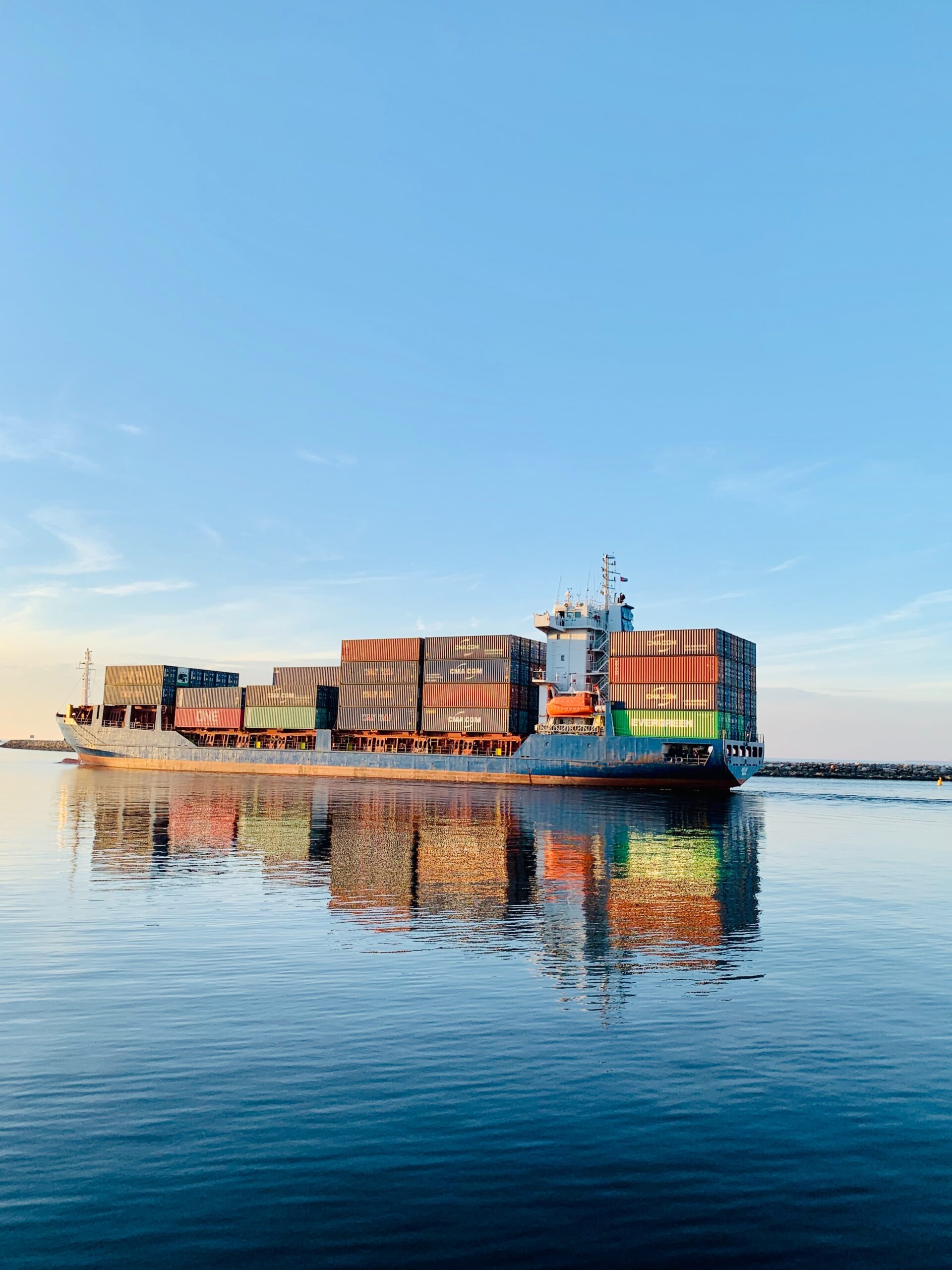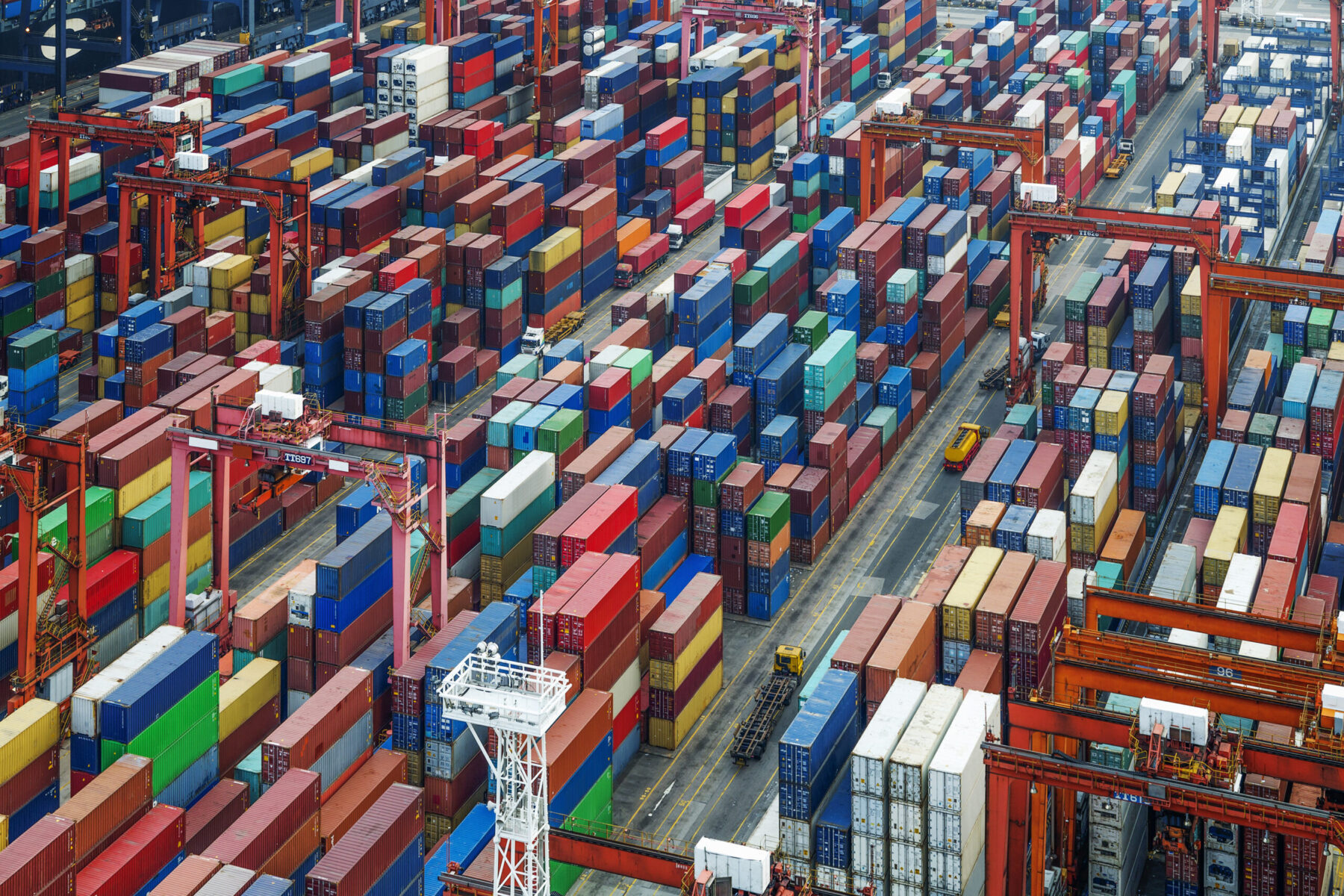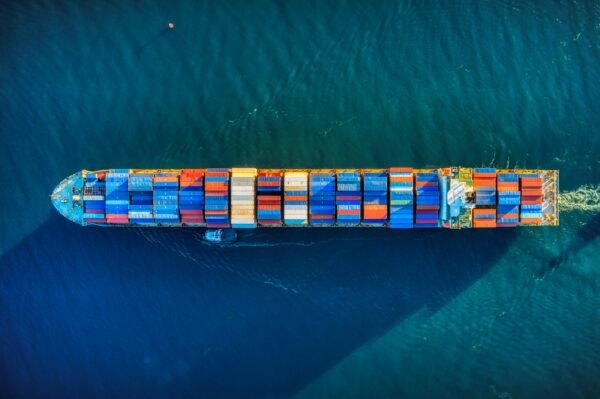Ocean Deep Dive April 2023: 4 Things You Need To Know
Apr 17, 2023
Scroll to find out more
Apr 17, 2023
Scroll to find out more

With contract negotiations on the US-Trans Pacific lanes looming, the moment is looming for some shippers to make a commitment for the year ahead. However, many of the indicators that would normally drive a procurement and shipping strategy are still inconclusive. And in a market where demand and revenue are yet to return to form, it’s no surprise that businesses are wary of drawing a line in the sand on rates, volumes and schedules.
That said, activities that we’ve been discussing in recent months – banked sailings, the restocking cycle – are beginning to show fruit. The challenge for shippers to draw the right lessons from the data and plan accordingly. To drill down into the latest news, we connected with Richard Fattal, Zencargo Co-Founder and CCO on our podcast Freight to the Point to learn what current trends mean for shippers going forward.
After months of record falls, rates across the board seem to be finally stabilising as capacity-cutting measures from carriers start to kick in. While the robust campaigns of blank sailings of up to 50% of services on key Asia, Europe, and trans-Pacific lanes took time to take effect (and failed to keep rates at higher levels seen earlier) they do seem to have finally arrested prices at a level that carriers can sustain.
The sole outlier for now appears to be in the transatlantic trade lane, where rate levels continue to experience an 8% to 10% reduction, unlike other trade lanes where rates have steadied. This decline can be attributed to increased capacity allocation by major carriers and the entrance of niche carriers into the market, resulting in a more competitive environment, though it’s likely these too will soon find a floor.
While steady rates are good news for shippers, the future of rates remains unclear as we wait to see what will happen with restocking. Industry surveys currently indicate that stock levels have stabilised – retailers are no longer weighed down with as much stock as they were at the start of the year having managed to shift it.
However, not being overstocked is not the same as being back to a normal demand environment. The continued wait for robust consumer activity makes it harder for businesses to predict volumes and orders going forward – but that doesn’t mean shippers can’t secure styability where it matters.
“Now is an opportune time to start thinking about longer term contracting but also having a little bit of flexibility in the arrangements that you’ve made,” explains Richard.
Contracting provides the opportunity to secure some stability in rate procurement and capacity management at a level that businesses can support, while also leaving room for flexibility through allocating a percentage of freight on the spot market.
In the period since the announcement of the end of the 2M alliance, the respective strategies are starting to emerge. In line with the market mood, joint services have been pulled, including the AE1/Shogun Asia-North Europe loop – which covers 12 13,000 to 20,000 TEU vessels. While this may be good news for shippers who have been trying to navigate the regular blankings on this route, the question remains about what happens to this capacity in the wider market.
Maersk are targeting their efforts on spot products, advertised online and leveraging their robust infrastructure to offer dynamic, flexible services. Meanwhile, MSC seems to be focusing on their freight and logistics service provider relationships as their route to distribution. As for the fate of the suspended services, this will likely depend on the return of customer demand to a level where one of the previous incumbents or a new supplier steps in to run the route.
The volatile state of ocean carriers is matched by continued uncertainty on land. The port situation, marked by continued strikes in Europe, is posing a threat to the return of solid state conditions. Disruptions due to strikes, such as those in Germany over pay rises and those in France protesting against raising the retirement age, have significantly impacted ports and the road freight market, creating delays for shippers at a moment when port reliability was just becoming more consistent.
‘We do see industrial action continuing to pose a threat to supply chain stability and I would certainly have your ears wide open to potential disruption and the need to plan around that disruption.’ explains Richard.
Working around port issues requires the ability to plan, track and assess route conditions on your key lanes. Purchase order review and management with clear lead times will give shippers the ability to plan port selection proactively, avoiding potential disruption.
Zencargo partners with some of the world’s fastest growing brands to help them build, implement and revise supply chain strategies that adapt to the dynamic freight market through robust data and logistics services.
Our logistics experts work closely with customers to help them avoid disruption from blank sailings and last minute changes from carriers, balancing alternative routes and suppliers to ensure that orders arrive on time and in full. They’re backed up by our award winning supply chain management platform which provides real-time data and visibility to ensure your team always has the right information to make the right decisions on cost, lead time and availability.
We can also help you plan with a bespoke rate strategy consultations, analysing your routes, margins and capacity needs to help you diversify your rate strategy and ensure that you always get the right deal. To find out more about how the right technology and support can help you grow your business this year, book a consultation with one of our team today.

To find out how you can take control of your supply chain costs and stay ahead...

To find out how you can navigate a path through uncertainty, book your free str...

To find out more about how Zencargo’s digital freight forwarding experts and te...